Researchers in Italy detail innovative seafood preservation techniques to tackle food waste
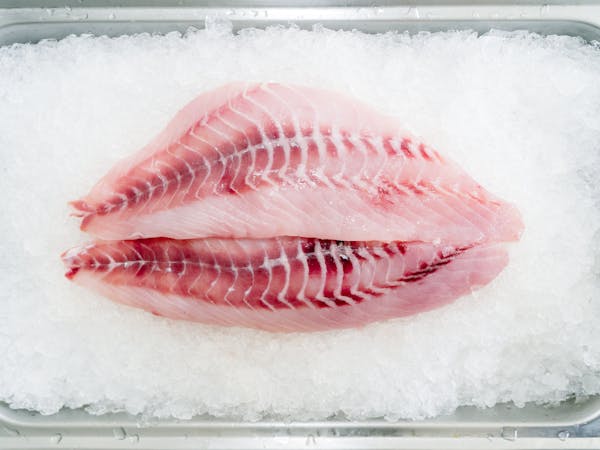
A new review published in Food Quality and Safety offers insight into new methods to improve the shelf life of seafood, which could lead to reduced food waste in the seafood processing industry.
Seafood is easily spoiled because it’s wet and prone to decay from microbes and other factors. It often needs processing and preserving to retain its freshness, unique composition and flavors. But processing creates waste, sometimes even more than the edible seafood itself. Improper waste disposal and spoilage of seafood can also have serious environmental, financial and health consequences.
Traditional seafood preservation methods – like drying, salting, canning and freezing – extend shelf life but can also change the food’s taste and texture. Moreover, these methods also require stringent measures to maintain hygiene and efficiency, which can incur additional costs.
A new research review describes emerging chemical and physical preservation techniques that can overcome the challenges associated with conventional seafood preservation approaches.
“The seafood preservation industry, driven by a mission to extend seafood’s shelf life, maintain its quality, reduce waste and minimize environmental consequences, is looking towards innovative methods for this purpose,” said Dr. Luisa Diomede, co-author of the study. “In this review, we sought to evaluate whether the proposed innovations address the intricacies of seafood preservation to meet the surge in demand for seafood, consciously and sustainably.”
The researchers reviewed 49 studies from 23 countries on fish preservation methods. The team found that using weak organic acids, like acetic or citric acid, can extend shelf life by slowing fat and protein breakdown and inhibiting microbial growth. Mixing different acids can preserve taste and smell, with the best results achieved by matching the acid type and concentration to the seafood type.
Additionally, preservatives derived from microbial, plant, or animal-derived metabolites are gaining popularity, because they’re safe and can help keep the taste and nutrition of the seafood intact. Two examples are bacteriocins and chitosans, which are considered safe to eat and are shown to help preserve seafood by making it last longer and stay fresh.
Trends and advances in seafood quality, processing and preservation
Next, the researchers explored non-thermal physical methods like cold plasma, high hydrostatic pressure and UV-C light, which operate effectively at room temperature, saving energy. C0ld plasma stops bacteria growth and spoilage without compromising seafood quality. High hydrostatic pressure kills bacteria and enzymes without heat, with optimal temperature and pressure adjustments enhancing its effectiveness. UV-C light is a straightforward cleaning method.
However, physical methods can make fats go bad faster, so it’s important to use them carefully.
“Even as new and advanced approaches are in the wake of development, the need of the hour is to strike an equilibrium between improving shelf life, ensuring consumer safety and satisfaction, economic feasibility and sustainability, while retaining the nutritional value and flavor of the product,” wrote the authors in a press release.
Now that you've reached the end of the article ...
… please consider supporting GSA’s mission to advance responsible seafood practices through education, advocacy and third-party assurances. The Advocate aims to document the evolution of responsible seafood practices and share the expansive knowledge of our vast network of contributors.
By becoming a Global Seafood Alliance member, you’re ensuring that all of the pre-competitive work we do through member benefits, resources and events can continue. Individual membership costs just $50 a year.
Not a GSA member? Join us.
Author
Tagged With
Related Posts
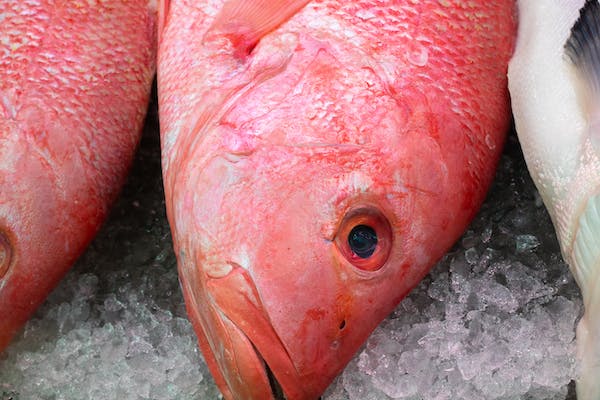
Responsibility
Seafood loss and waste rate in the United States is half of previous estimates
A study puts U.S. seafood loss and waste at 22.7 percent, far lower than earlier estimates reported in the scientific literature.
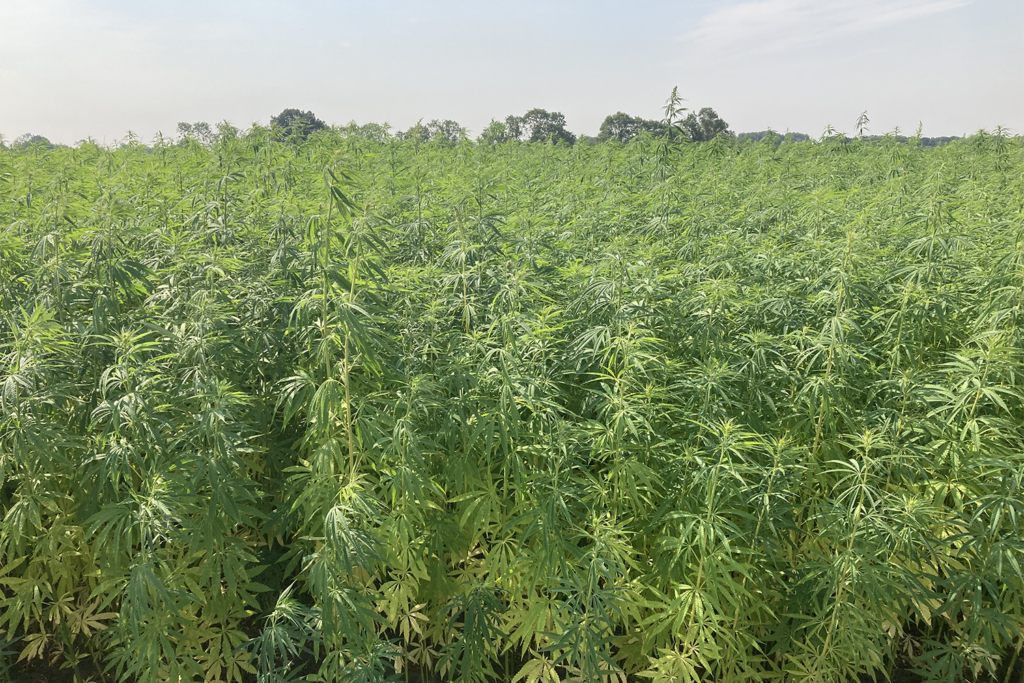
Aquafeeds
Food waste and hemp are the latest novel aquafeed ingredients gaining attention
As pressure on the ocean's resources intensifies, the search is on elsewhere for solutions to provide the protein that fish need to grow.
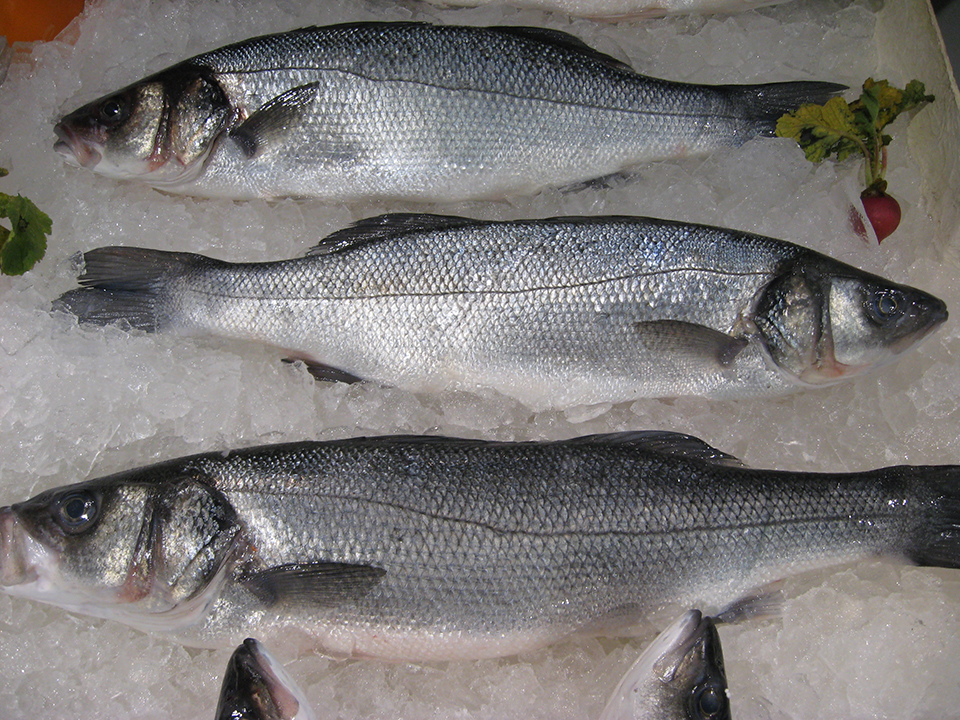
Intelligence
Ice slurry expands product cooling, preservation options
Ice slurry can provide even chilling of seafood at harvest to slightly above the freezing point and maintain this temperature throughout the cold chain.
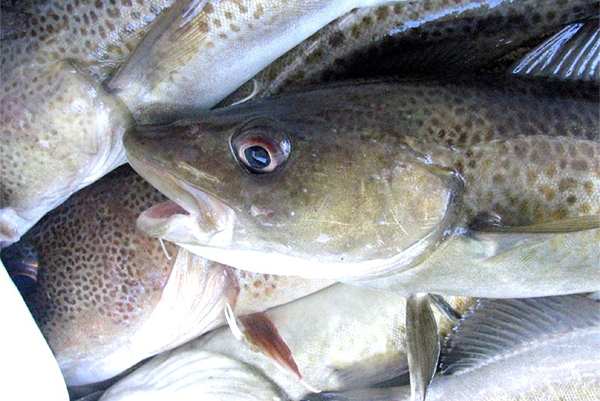
Fisheries
From waste to value: Upgrading marine oils from cod on-board deep-sea vessels
There is a large potential to upgrade currently wasted raw materials like cod residuals into high-quality marine oils for feed ingredients.



